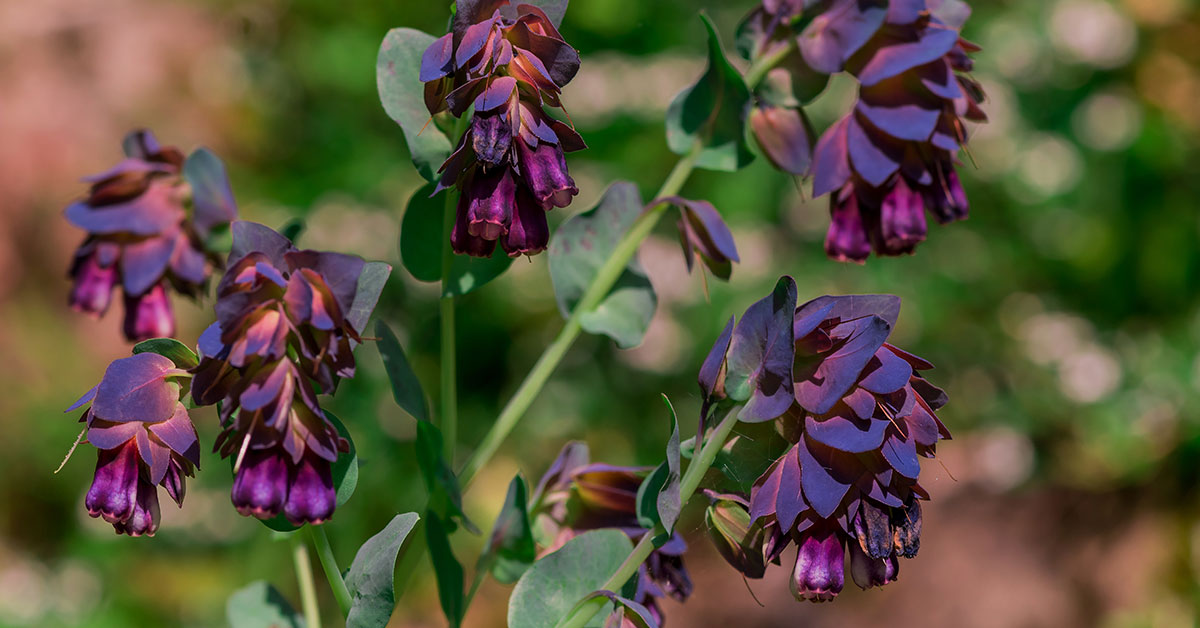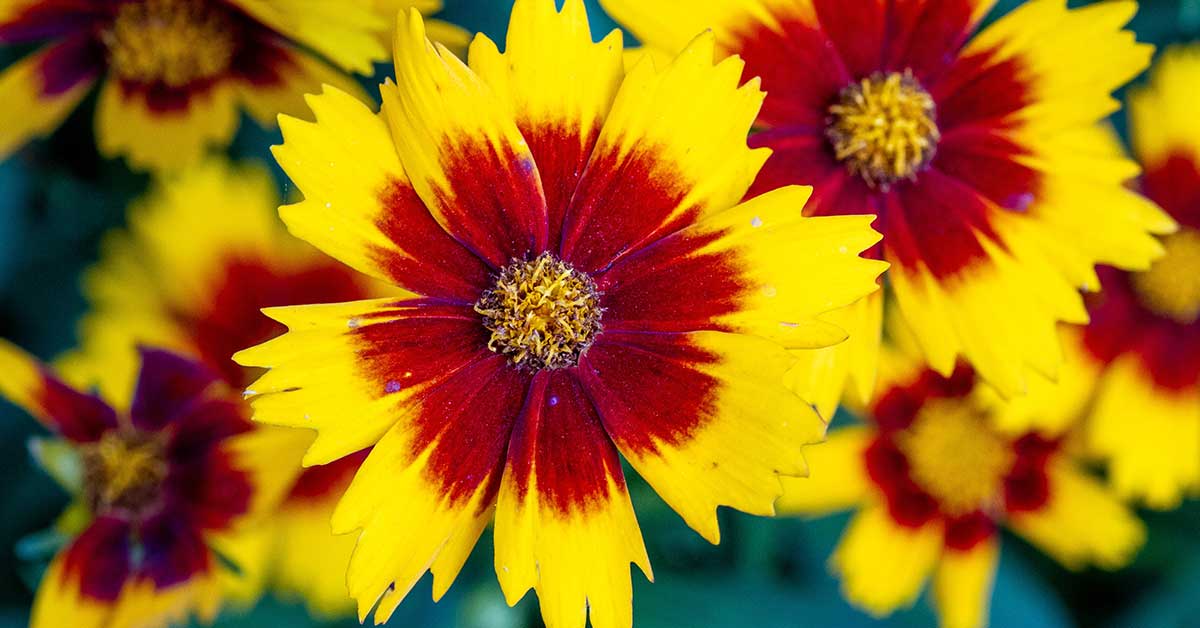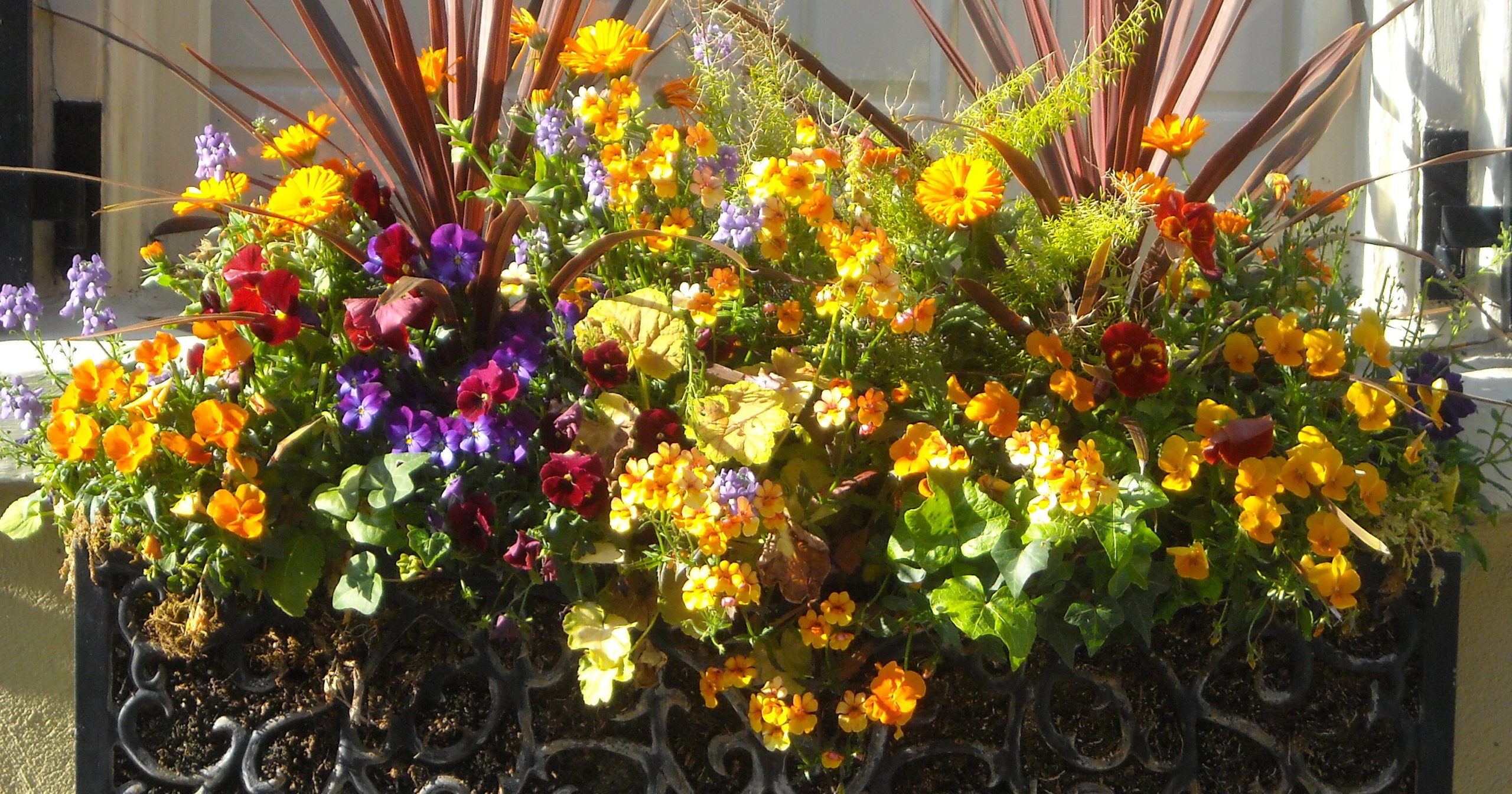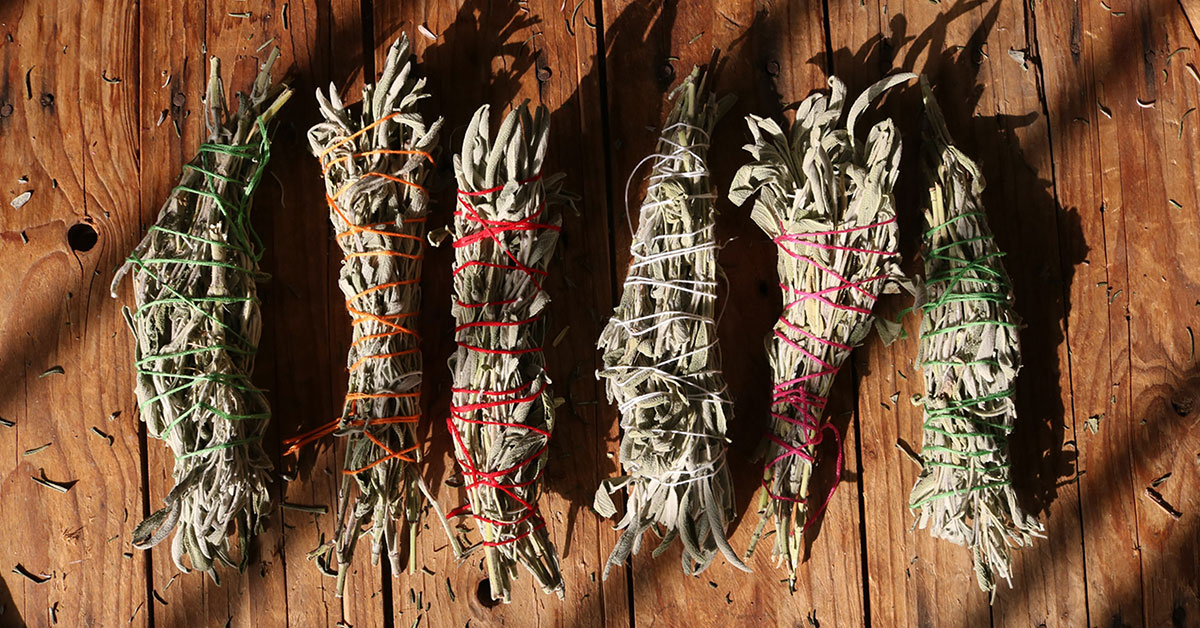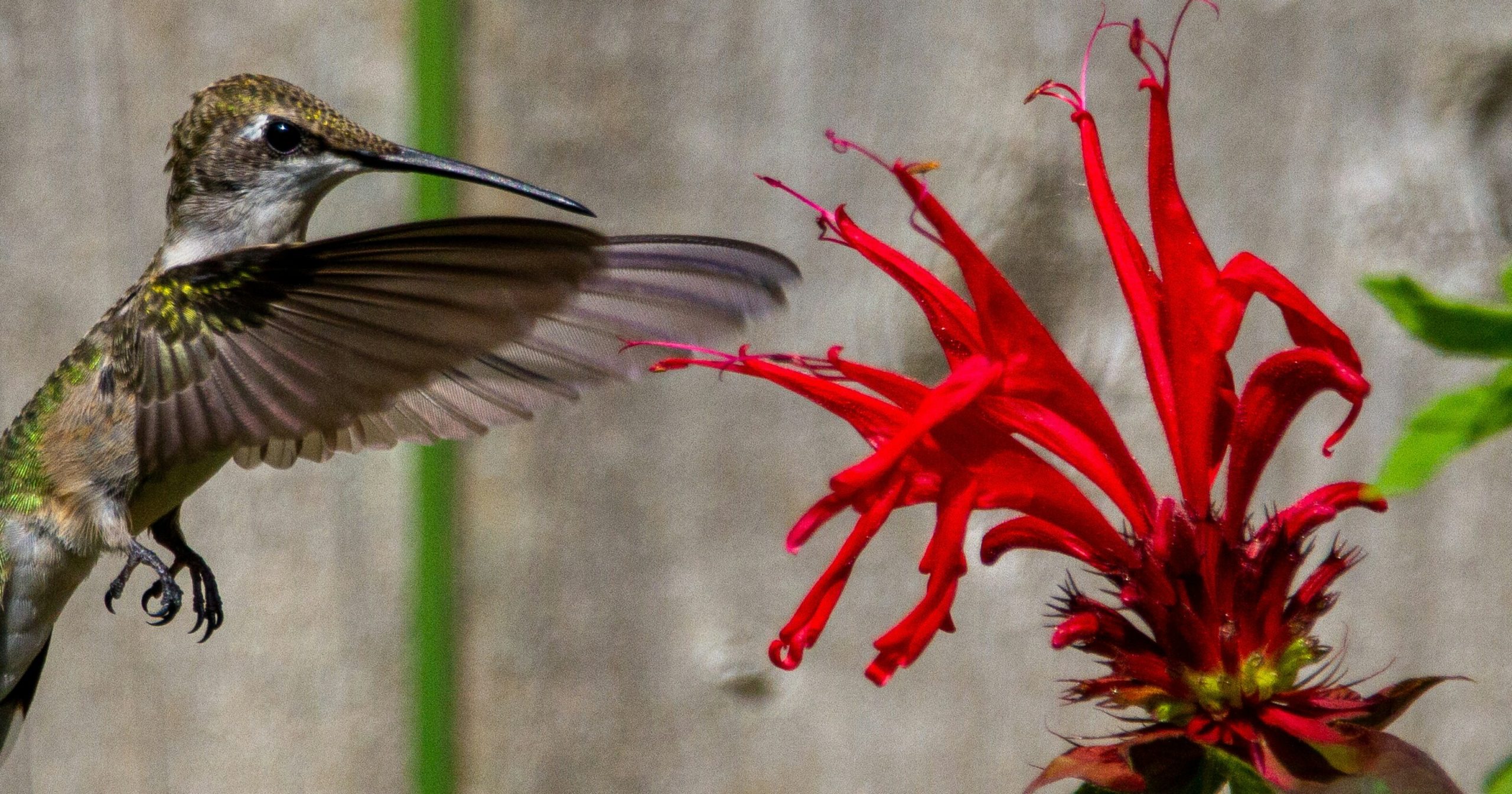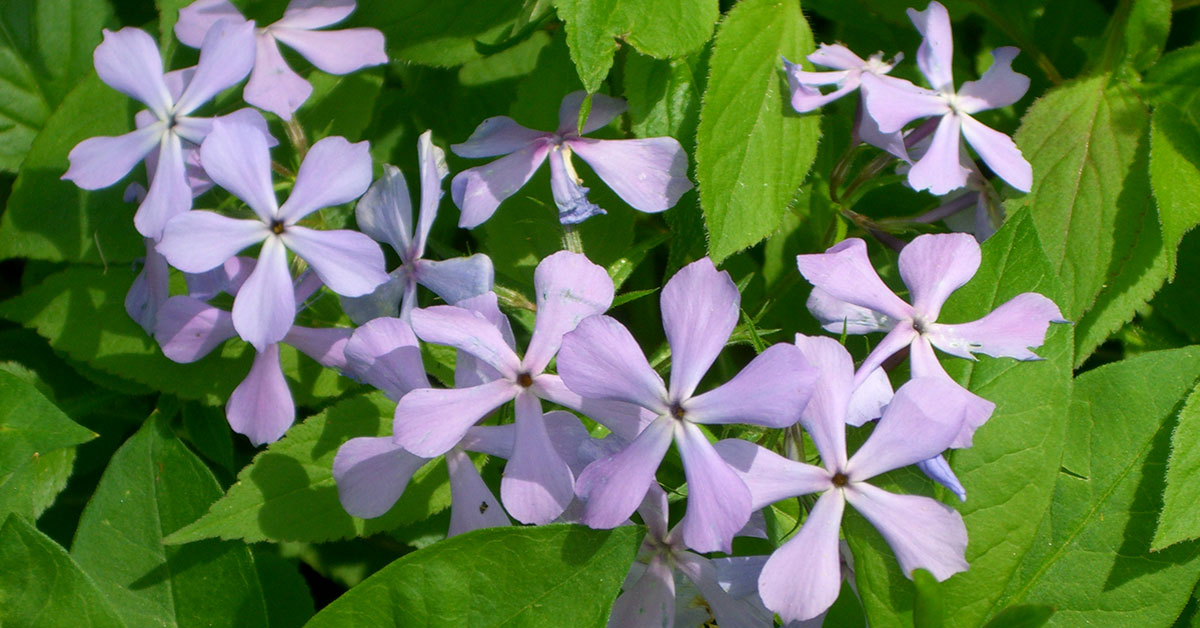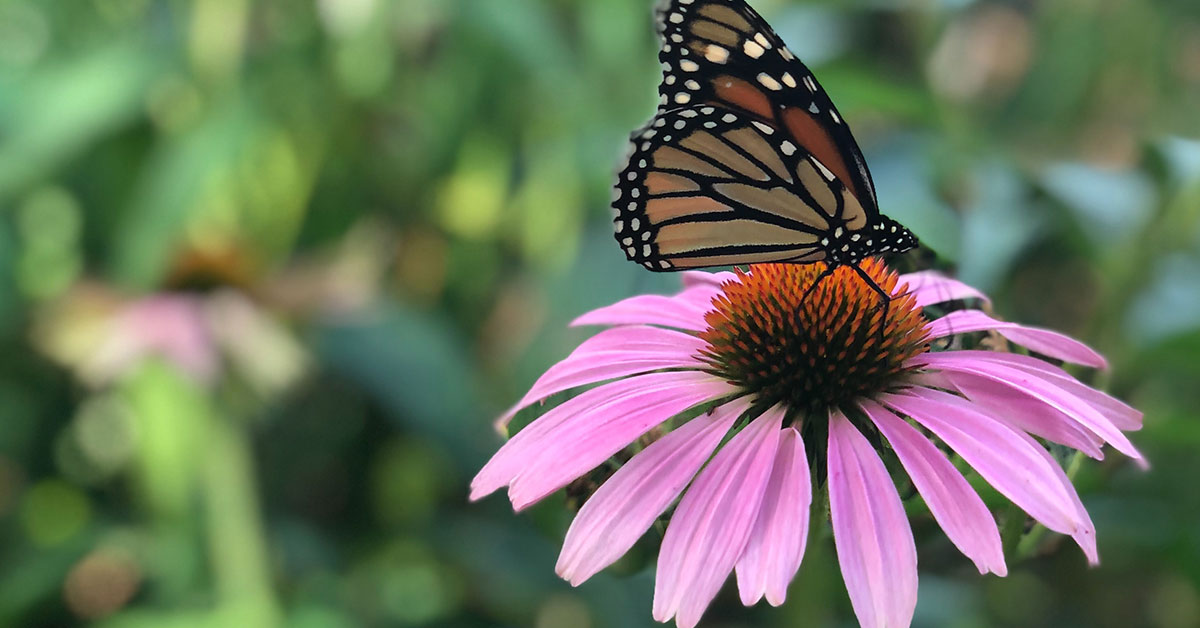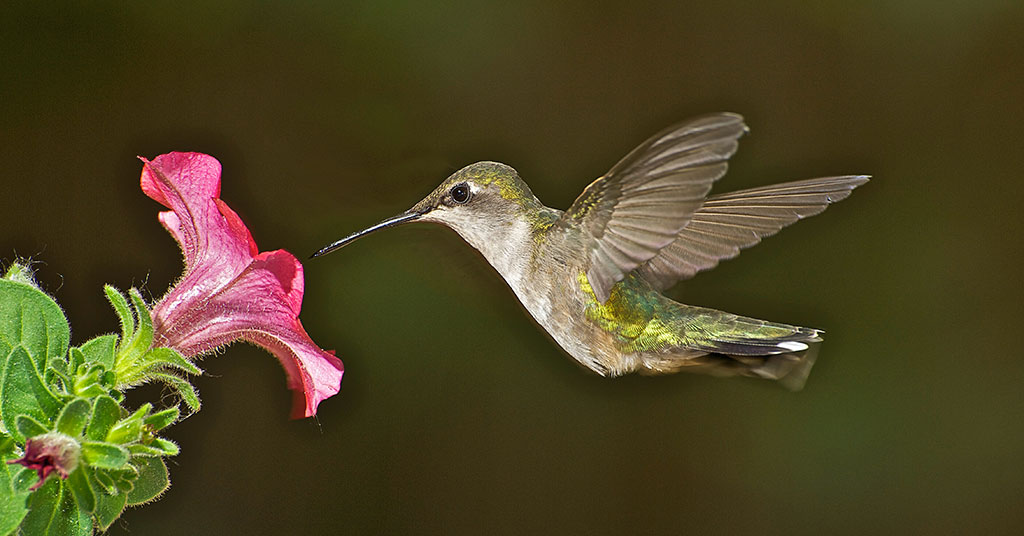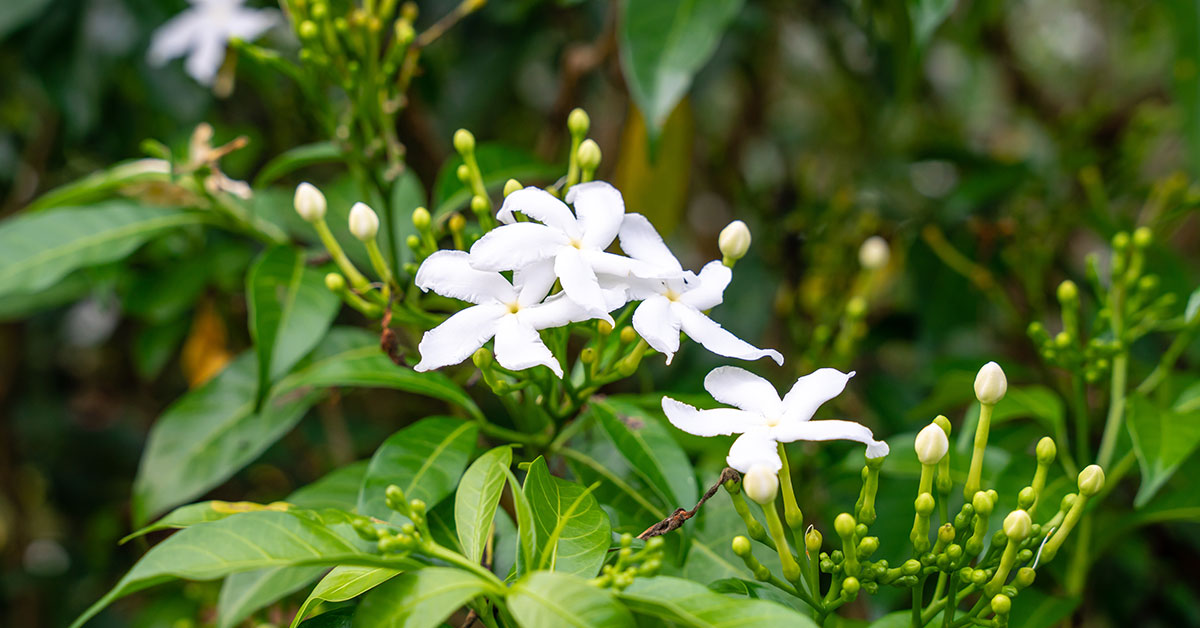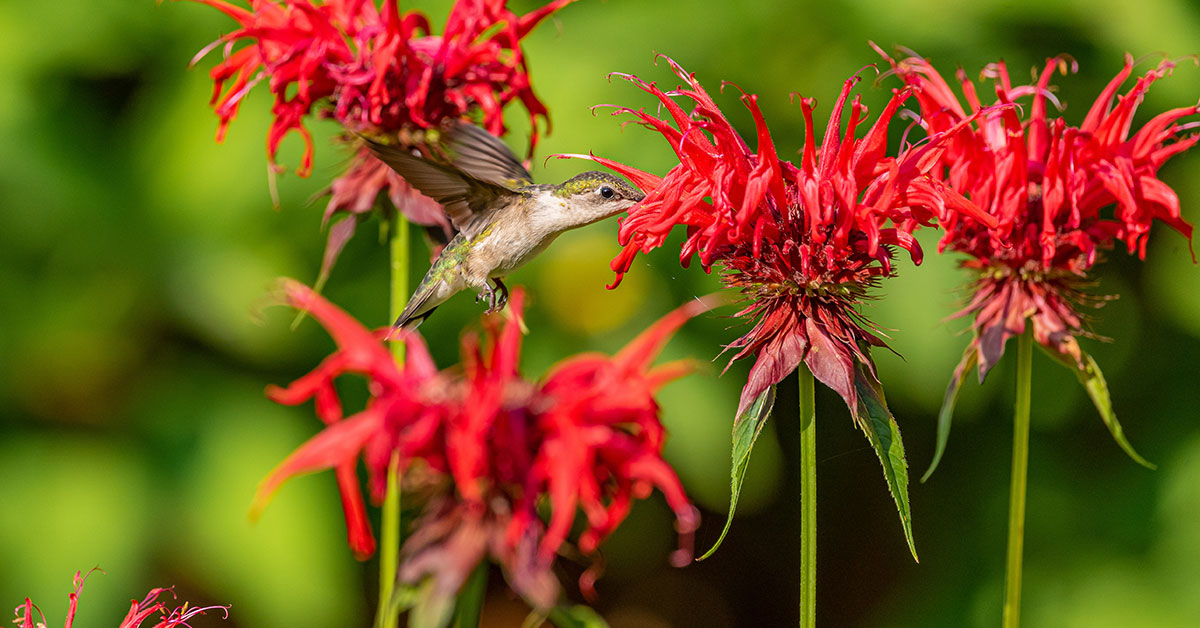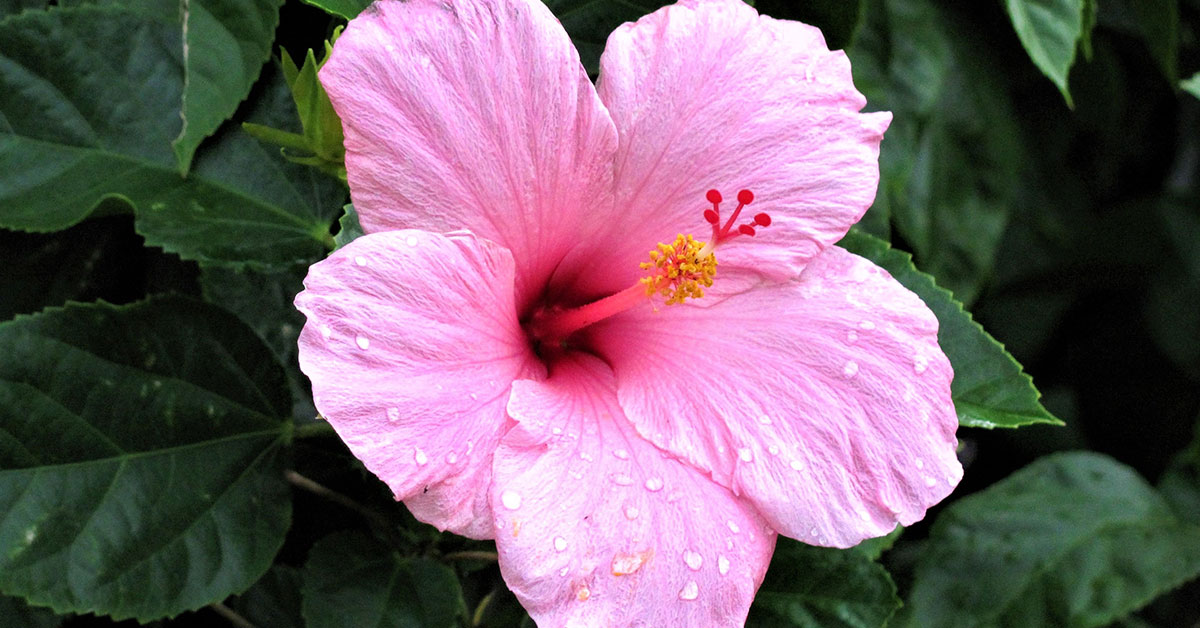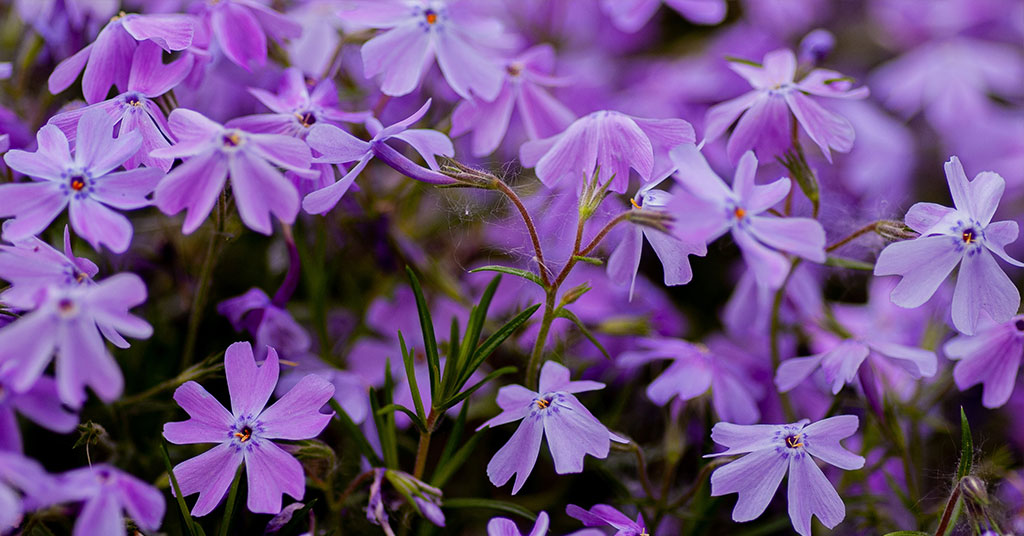Welcome to the world of the Blue Shrimp Plant (Cerinthe major ‘Purpurascens’), a stunning and unique addition to any indoor or outdoor garden. With its vibrant blue-purple flowers and striking foliage, this plant is sure to capture attention and become a conversation starter.
Whether you are a seasoned gardener or just starting your green thumb journey, this article will guide you through the process of growing and caring for Blue Shrimp Plants, ensuring its optimal health and beauty. From understanding its ideal growing conditions to providing essential care tips, get ready to embark on a rewarding journey of nurturing this extraordinary plant.
Let’s dive in and discover the secrets to successfully cultivating Blue Shrimp Plant in your own garden sanctuary.
What is a Blue Shrimp Plant?
The Blue Shrimp Plant, scientifically known as Justicia brandegeeana, is a unique and eye-catching houseplant that belongs to the Acanthaceae family. It is native to Mexico and Central America. The plant gets its common name from the distinctive inflorescence that resembles a shrimp. The Blue Shrimp Plant is a perennial evergreen shrub that typically grows up to 2-3 feet (60-90 cm) in height.
It has upright, branching stems with glossy, dark green leaves that are lance-shaped and about 4-6 inches (10-15 cm) long. The leaves are arranged in opposite pairs along the stems. The most striking feature of the Blue Shrimp Plant is its inflorescence. The flowers emerge from bracts that are shaped like shrimp, hence the name. The bracts are usually a vibrant shade of blue or purple, although they can also be found in other colors like pink or white.
The actual flowers are small and tubular, emerging from the bracts in clusters. The flowers are usually white or pale yellow and are not as visually prominent as the bracts. The Blue Shrimp Plant is known for its long-lasting blooms, which can persist for several weeks or even months. It is a popular choice for indoor gardening due to its unique appearance and ability to add a splash of color to any space. It is often used as a decorative plant in homes, offices, or conservatories.
Caring for a Blue Shrimp Plant involves providing it with bright, indirect light, as direct sunlight can scorch the leaves. It prefers a warm and humid environment, so placing it in a bathroom or near a humidifier can be beneficial. The plant requires regular watering to keep the soil slightly moist, but it should not be overwatered as it can lead to root rot. Fertilizing every two to four weeks during the growing season with a balanced houseplant fertilizer can help promote healthy growth and flowering.
Overall, the Blue Shrimp Plant is an attractive and relatively low-maintenance houseplant that can bring a touch of tropical beauty to any indoor space.
Where is Blue Shrimp Plant native?
The Blue Shrimp Plant (Justicia brandegeana) is native to Mexico and Central America. It is not considered invasive in its native range. However, when introduced to non-native areas with suitable growing conditions, it can become invasive in some regions. Invasive plants are those that spread aggressively and outcompete native vegetation, causing ecological imbalances. It’s always important to check with local authorities or gardening experts to determine if a particular plant is invasive in your area before introducing it into your garden or landscape.
How to grow Blue Shrimp Plant indoors
Blue Shrimp Plant (Justicia brandegeana), also known as Mexican Shrimp Plant, is a beautiful houseplant that features unique blue and white bracts resembling shrimp. Here is a care guide to help you successfully grow Blue Shrimp Plant indoors:
- Light requirements: Blue Shrimp Plant thrives in bright, indirect light. Place it near a window with filtered sunlight or in a well-lit room. Avoid exposing it to direct sunlight, as it can scorch the leaves.
- Temperature: Blue Shrimp Plant prefers temperatures between 65-75°F (18-24°C). Protect it from drafts and extreme temperature fluctuations.
- Watering: Keep the soil consistently moist but not waterlogged. Water the plant when the top inch of soil feels dry to the touch. Ensure proper drainage by using a well-draining potting mix and a pot with drainage holes. Avoid letting the plant sit in standing water, as it can lead to root rot.
- Humidity: Blue Shrimp Plant appreciates higher humidity levels. Increase humidity by placing a tray filled with water near the plant or using a humidifier. Regularly misting the leaves can also help maintain humidity.
- Fertilization: Feed your Blue Shrimp Plant with a balanced liquid fertilizer every 2-4 weeks during the growing season (spring and summer). Follow the instructions on the fertilizer packaging for the correct dosage. Reduce or stop fertilizing during the dormant period (fall and winter).
- Pruning: Trim back any leggy or straggly growth to maintain a compact and bushy shape. Pruning also encourages new growth and improves the overall appearance of the plant. Use clean and sharp pruning shears to avoid damaging the plant.
- Repotting: Blue Shrimp Plant generally requires repotting every 1-2 years, or when it becomes root-bound. Choose a pot that is one size larger and use a well-draining potting mix. Repot during the spring when the plant is actively growing.
- Pests and diseases: Blue Shrimp Plant is relatively resistant to pests and diseases. However, it can occasionally be susceptible to mealybugs or spider mites. Regularly inspect the plant for any signs of pests and treat them promptly with insecticidal soap or neem oil.
- Propagation: Blue Shrimp Plant can be propagated through stem cuttings. Take a 4-6 inch cutting from a healthy stem, remove the lower leaves, and place it in a container with moist potting mix. Keep the cutting in a warm and humid environment until roots develop.
- Dormancy: Blue Shrimp Plant may experience a period of dormancy during the fall and winter months. During this time, reduce watering and fertilization. Provide slightly cooler temperatures (around 60-65°F or 15-18°C) to mimic its natural dormant period.
By following these care guidelines, you can enjoy a thriving Blue Shrimp Plant indoors, adding a touch of unique beauty to your home.
How to grow Blue Shrimp Plant outdoors
Blue Shrimp Plant (Ceratophyllum demersum) is a beautiful flowering plant that can be grown outdoors in suitable climates. Here is a care guide to help you successfully grow Blue Shrimp Plant:
- Blue Shrimp Plant thrives in warm climates and prefers temperatures between 60-80°F (15-27°C).
- It requires full to partial sun exposure for at least 4-6 hours a day. Avoid direct afternoon sunlight, as it can scorch the leaves.
- Blue Shrimp Plant prefers well-draining soil that is rich in organic matter.
- A mix of garden soil, compost, and sand in equal parts works well for this plant.
- Ensure the soil pH is slightly acidic to neutral, around 6.0-7.0.
- Choose a suitable outdoor location with enough space for the plant to grow and spread.
- Dig a hole twice the size of the plant’s root ball and place the plant in the hole.
- Backfill with soil, gently firming it around the roots.
- Water thoroughly after planting to settle the soil.
- Blue Shrimp Plant requires consistent moisture, but avoid overwatering.
- Water the plant deeply whenever the top inch of soil feels dry.
- During hot summer months, it may require more frequent watering.
- Ensure good drainage to prevent waterlogging, as it can lead to root rot.
- Feed Blue Shrimp Plant with a balanced, slow-release fertilizer during the growing season (spring to fall).
- Follow the instructions on the fertilizer packaging for the correct dosage.
- Avoid over-fertilization, as it can cause excessive foliage growth with fewer flowers.
- Regular pruning helps maintain the plant’s shape and encourages bushier growth.
- Trim back any dead or damaged leaves, stems, or flowers.
- Pinch off the tips of the stems to promote branching and more blooms.
- Blue Shrimp Plant is generally resistant to pests and diseases.
- However, keep an eye out for common garden pests like aphids, mealybugs, or spider mites.
- If necessary, treat infestations with organic insecticidal soap or neem oil.
- Blue Shrimp Plant is not frost-tolerant and should be protected during winter in colder climates.
- If you live in an area with freezing temperatures, consider growing it in a container that can be moved indoors during winter.
- Mulching around the base of the plant can also provide some insulation.
By following these care guidelines, you can enjoy the vibrant blue flowers and lush foliage of the Blue Shrimp Plant in your outdoor garden.
How to grow Blue Shrimp Plants in pots
Blue Shrimp Plant (Justicia brandegeana) is a beautiful houseplant known for its unique blue and white flowers that resemble shrimp. Here is a care guide to help you successfully grow Blue Shrimp Plant in pots:
- Light Requirements: Blue Shrimp Plant thrives in bright, indirect light. Place your pot near a window that receives filtered sunlight or in a well-lit room. Avoid direct sunlight as it can scorch the leaves.
- Temperature: Blue Shrimp Plant prefers temperatures between 65-75°F (18-24°C). Protect it from drafts and extreme temperature fluctuations.
- Watering: Keep the soil consistently moist but not waterlogged. Water thoroughly when the top inch of soil feels dry to the touch. Ensure proper drainage by using a well-draining potting mix and a pot with drainage holes.
- Humidity: Blue Shrimp Plant enjoys higher humidity levels. Mist the leaves regularly or place a tray filled with water and pebbles beneath the pot to increase humidity. Avoid misting directly on the flowers to prevent damage.
- Fertilization: Feed your Blue Shrimp Plant with a balanced, water-soluble fertilizer every 2-4 weeks during the growing season (spring and summer). Follow the instructions on the fertilizer package for the correct dilution ratio.
- Pruning: To maintain a compact and bushy shape, prune your Blue Shrimp Plant regularly. Pinch off the tips of the stems to encourage branching. Remove any yellow or dead leaves to promote healthy growth.
- Repotting: Blue Shrimp Plant may require repotting every 1-2 years, or when the roots become overcrowded. Choose a slightly larger pot with good drainage. Use a well-draining potting mix, and gently loosen the roots before placing the plant in the new pot.
- Pests and Diseases: Blue Shrimp Plant is generally resistant to pests and diseases. However, it can occasionally be susceptible to mealybugs or spider mites. Inspect your plant regularly, and if you notice any pests, treat them with an appropriate insecticidal soap or neem oil.
- Propagation: Blue Shrimp Plant can be propagated through stem cuttings. Take a 4-6 inch cutting from a healthy stem, remove the lower leaves, and place it in a pot with moist potting mix. Keep the cutting in a warm and humid environment until roots develop.
- Blooming: Blue Shrimp Plant typically blooms in late spring or early summer. The flowers can last for several weeks. After blooming, the plant may enter a resting phase, during which it may produce fewer flowers. Continue to provide proper care, and it will resume blooming.
Remember to monitor your Blue Shrimp Plant regularly for any signs of stress, such as wilting or yellowing leaves. With proper care and attention, your Blue Shrimp Plant will reward you with its stunning flowers and lush foliage.
When does a Blue Shrimp Plant bloom?
The Blue Shrimp Plant, also known as Justicia brandegeana, typically blooms during the spring and summer months. However, the exact blooming period can vary depending on the specific growing conditions and care provided to the plant. With proper care, you can expect to see clusters of vibrant blue or purple flowers appearing on the plant during its blooming season.
Propagation guide for Blue Shrimp Plants
To propagate Blue Shrimp Plant (Justicia brandegeana), you have a few options:
- Stem Cuttings: Take a 4-6 inch cutting from a healthy, mature stem. Remove the lower leaves and dip the cut end in a rooting hormone powder. Plant the cutting in a well-draining potting mix, keeping it moist but not waterlogged. Place the pot in a warm, bright location, but avoid direct sunlight. Rooting should occur within a few weeks.
- Division: Carefully remove the plant from its pot and separate the root ball into multiple sections, ensuring each section has healthy roots and stems. Replant the divisions in individual pots using a well-draining potting mix. Water thoroughly and place them in a warm, bright location.
- Layering: Choose a healthy, flexible stem and gently bend it towards the soil. Make a small wound on the underside of the stem where it touches the soil, and secure it in place with a U-shaped wire or a small stone. Cover the wounded area with soil, leaving the tip of the stem exposed. Keep the soil moist and wait for roots to develop at the wounded area. Once roots have formed, cut the stem from the parent plant and transplant it into its own pot.
Regardless of the propagation method you choose, it’s important to provide the newly propagated Blue Shrimp Plants with consistent moisture, warmth, and bright indirect light until they establish themselves.
Common pests and diseases
The Blue Shrimp Plant (Justicia brandegeana) is generally a hardy plant, but it can still be susceptible to a few common pests and diseases. Here are some of the issues you may encounter:
- Aphids: These small, soft-bodied insects can cluster on the new growth, causing stunted growth and yellowing leaves. Use insecticidal soap or a strong stream of water to remove them. Ladybugs and lacewings are natural predators that can help control aphids.
- Spider mites: These tiny pests can cause yellowing leaves, webbing, and a general decline in plant health. Regularly misting the plant and keeping humidity levels up can help deter spider mites. If an infestation occurs, use insecticidal soap or neem oil to control them.
- Mealybugs: These white, cottony insects often hide in leaf axils or on the undersides of leaves. They can cause yellowing, stunted growth, and a sticky residue on the plant. Remove them manually with a cotton swab dipped in rubbing alcohol or use insecticidal soap.
- Powdery mildew: This fungal disease appears as a white, powdery coating on the leaves. It thrives in high humidity and poor air circulation. To prevent powdery mildew, ensure good ventilation around the plant and avoid overhead watering. If it occurs, treat with a fungicide specifically formulated for powdery mildew.
- Root rot: Overwatering or poorly draining soil can lead to root rot, causing the plant’s roots to become mushy and discolored. To prevent root rot, allow the soil to dry out slightly between waterings and ensure the plant is in well-draining soil. If root rot occurs, remove affected roots and repot the plant in fresh soil.
Regularly inspecting your Blue Shrimp Plant for signs of pests or diseases, maintaining proper watering practices, and providing adequate light and ventilation will help keep it healthy and minimize the risk of infestations or diseases.
Interesting Facts
The Blue Shrimp Plant, also known as Justicia brandegeana, is a fascinating houseplant with unique characteristics. Here are some interesting facts about the Blue Shrimp Plant:
- Appearance: The Blue Shrimp Plant gets its name from its distinctive flower spikes that resemble a group of shrimp. The flowers are tubular and have a vibrant blue color, making them a striking addition to any indoor garden.
- Native Habitat: The Blue Shrimp Plant is native to Mexico and Central America. It thrives in tropical climates and is often found growing in the wild in moist, shady areas.
- Growth Habit: This plant is a perennial shrub that can grow up to 3 feet (1 meter) in height. It has glossy, dark green leaves that are arranged in opposite pairs along the stems.
- Flowering Season: The Blue Shrimp Plant typically blooms during the summer and fall months. The flower spikes can last for several weeks, providing a long-lasting display of color.
- Pollinators: The unique shape and color of the Blue Shrimp Plant’s flowers attract hummingbirds and butterflies, making it a great choice for gardeners who want to attract these pollinators to their indoor spaces.
- Care Requirements: The Blue Shrimp Plant is relatively easy to care for. It prefers bright, indirect light but can tolerate some shade. It requires regular watering to keep the soil consistently moist but not waterlogged. It also benefits from occasional misting to increase humidity.
- Propagation: You can propagate the Blue Shrimp Plant through stem cuttings. Simply take a cutting from a healthy stem, remove the lower leaves, and place it in a pot with moist soil. Keep the cutting warm and humid until it develops roots.
- Air Purifying Qualities: Like many houseplants, the Blue Shrimp Plant helps improve indoor air quality by filtering out toxins and releasing oxygen. It can help remove pollutants such as formaldehyde, benzene, and xylene from the air.
- Low Maintenance: The Blue Shrimp Plant is relatively pest-resistant and does not require frequent fertilization. However, it benefits from occasional pruning to maintain its shape and encourage bushier growth.
- Toxicity: While the Blue Shrimp Plant is generally safe to have around pets and children, it is mildly toxic if ingested. It’s always a good idea to keep any houseplant out of reach of curious pets or children.
Overall, the Blue Shrimp Plant is a visually stunning and relatively low-maintenance houseplant that can add a touch of tropical beauty to your indoor space.
